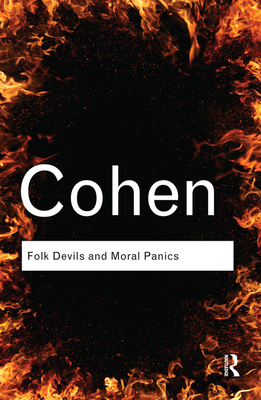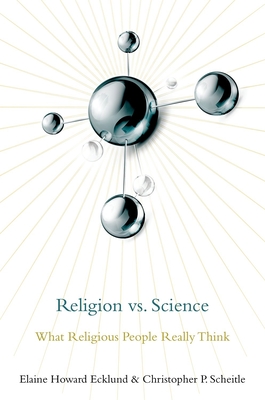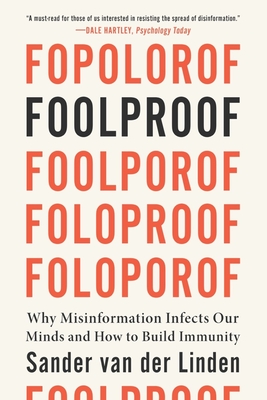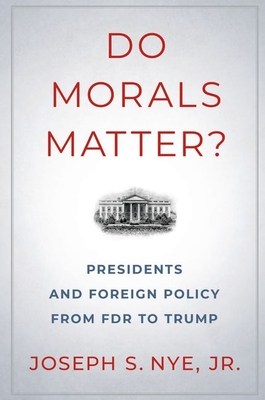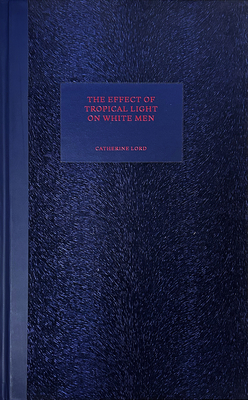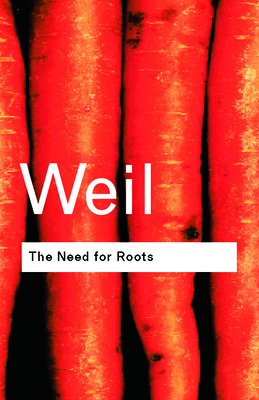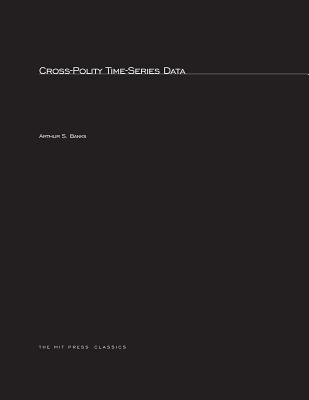
Cross-Polity Time-Series Data (MIT Press Classics)
Description
The assembly of an archive of longitudinal data on the world's nation-states was undertaken by the Center for Comparative Political Research in 1968, with computer-facilitated procedures for the storage, reassembly, and retrieval of its content. The present volume is a cathode-ray-tube printout of a substantial portion of the CCPR file.
The period chosen dates from 1815 (immediately after the Congress of Vienna and the establishment of the modern international system) to 1966, and excludes the years of the two major wars, 1914-1918 and 1940-1945. Virtually all independent nation-states throughout the world are included.
Of the variables embraced by the file, about 25 percent are political, and some of these, such as the method of legislative selection, are qualitative in character. The remaining variables include ecological, social, and economic attributes. For the most part these are interval-scaled, that is, they represent data in true numerical units, such as dollars, miles, telephones per capita.
For each country, from the time of its formal inception, year-by-year figures are given over all the variables for which reliable data have been found or can be estimated. During years between those for which original source data are available, computer interpolations are given, and are so identified.
Among the 102 variables are the following: area; population, population density, and population in cities of various sizes; the type and method of selection of the effective executive; size of cabinet and cabinet changes; changes in the effective executive; revenue, expenditure, and defense expenditure; telegraph mileage, first class mail delivered, telephones, radios, newspaper circulation, and book production; imports, exports, and proportion of world trade; gross domestic product and gross national product; currency per capita; official and black market exchange rates; physicians per capita; primary and secondary school, and university enrollments; percent of literacy; railroad mileage; number of highway vehicles; energy production and consumption; and numbers of assassinations, general strikes, government crises, purges, riots, antigovernment demonstrations, and revolutions.
Sources of the data, in addition to a wide variety of original materials, include the Afmanach de Gotha, The Statesman's Yearbook, The Times (London), The New York Times, Whitaker's Almanac, and League of Nations and United Nations publications.



